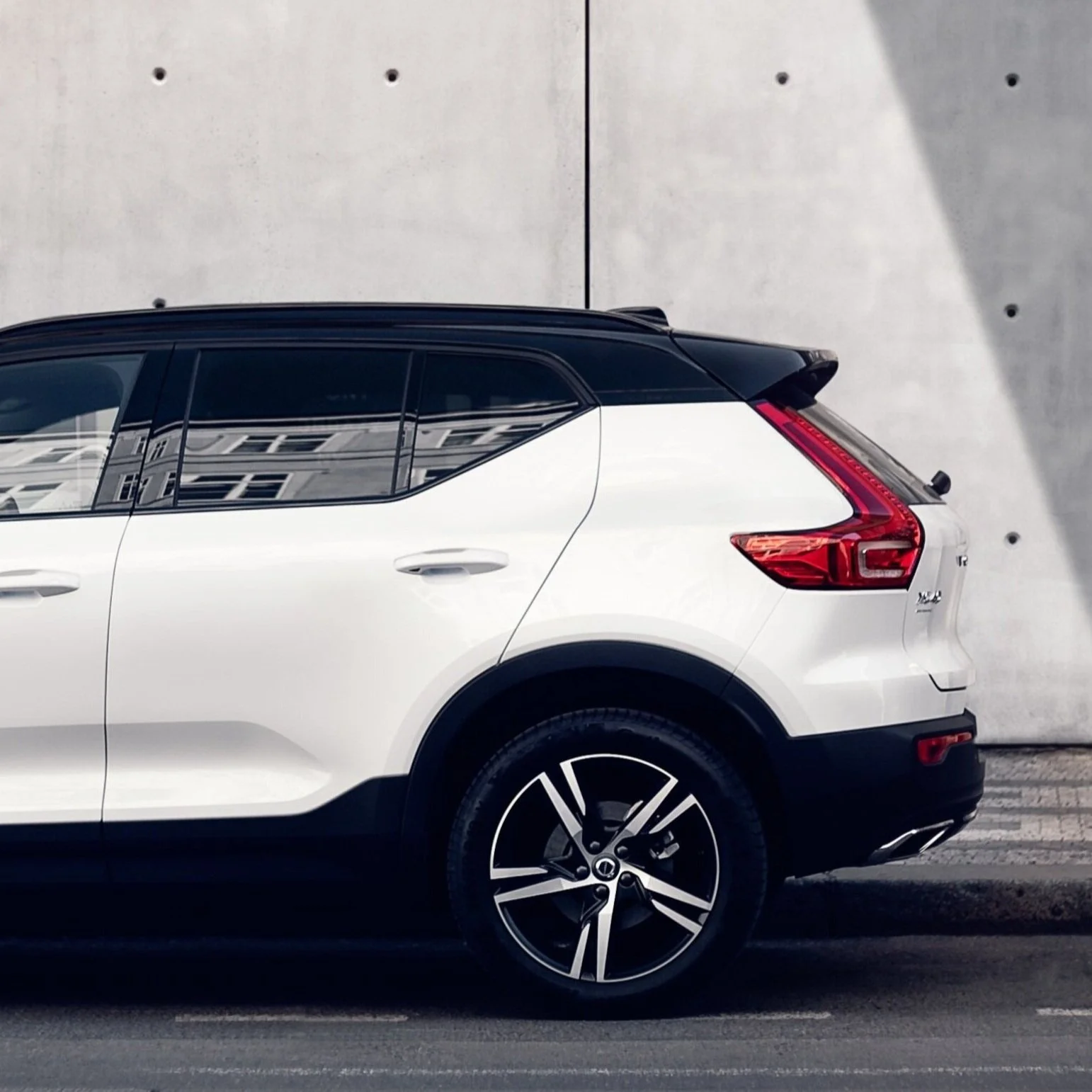Industries
C-Fans were created specifically to provide more flow and pressure at lower noise levels with extreme life in harsh environments where rotary fans fail and to provide unique flexible form factors to facilitate new end-product platforms and architectures.
We can help facilitate customer innovations in a variety of industries by transforming unobtainable fan requirements into reality. Learn more about these industries here.








